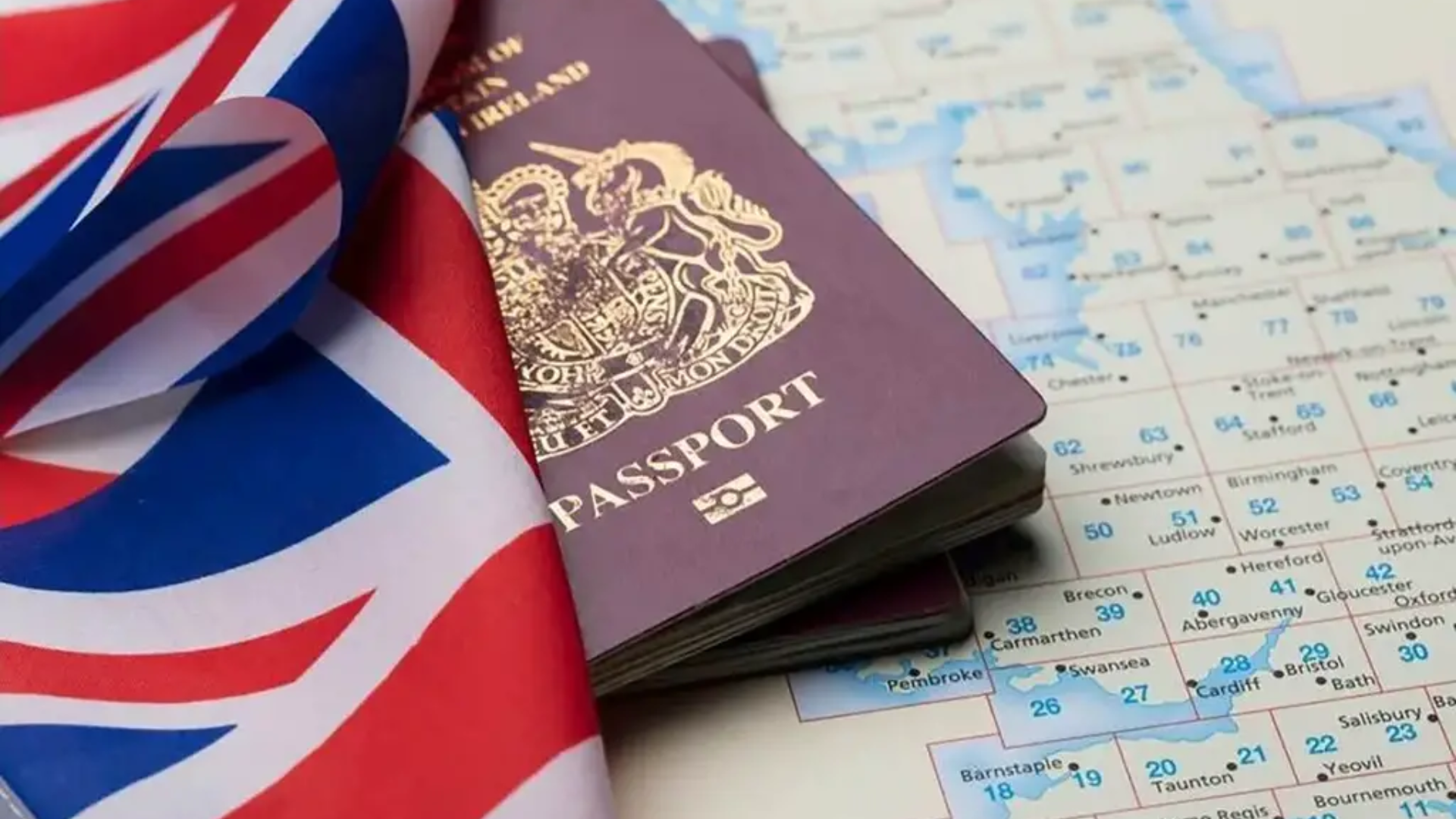In recent years, the United Kingdom has witnessed a surge in immigration, prompting the government to introduce stricter regulations, particularly concerning the minimum salary required to apply for a work visa. The Rishi Sunak government in the UK has recently updated the norms for its work visas and is implementing significant changes to visa requirements. Aspiring migrants and those navigating the complexities of UK immigration policies are now confronted with higher salary thresholds, signaling a significant shift in the visa application landscape.
The government aims to restrict the influx of migrants into the country. This move follows Prime Minister Sunak’s statement that the current number of migrants, totaling 7,45,000 in 2022, is deemed excessively high. The most recent statistics reveal a notable surge in skilled work visa grants to India, witnessing a remarkable 63% increase from 13,380 in the fiscal year 2021-22 to 21,837 in the fiscal year 2022-23.
Minimum Salary Revisions
One of the notable changes in UK visa norms revolves around the minimum salary requirement. It states that individuals seeking work visas are now required to meet higher salary thresholds, particularly under the points-based system (PBS). The new minimum salary for such visas has been raised to £38,700, a significant increase from the previous £26,200, marking a nearly 50% rise. This adjustment underscores the government’s emphasis on attracting higher-skilled individuals to the workforce.
It’s important to note that while these new norms apply broadly, certain sectors such as healthcare, education, and social services are exempt from the elevated salary requirement. However, overseas workers in these exempt sectors are unable to bring dependents with them, adding a layer of complexity to their immigration process.
In the realm of family visas, there have been noteworthy adjustments as well. Despite an initial increase in the minimum threshold to £38,700 from £18,600, concerns were raised about the impact on families. Consequently, the government reduced the new minimum to £29,000, aiming to strike a balance between immigration control and familial considerations.
Looking ahead, Prime Minister Rishi Sunak has outlined plans to further raise the minimum salary threshold for family visas. This increase is set to progress in stages, first to £34,500 and eventually reaching £38,700, with the higher threshold anticipated to be achieved by early 2025.
It’s worth mentioning that individuals renewing existing family visas will not be required to meet the new salary requirement, providing some relief amidst these regulatory changes. These adjustments reflect the government’s ongoing efforts to refine immigration policies, ensuring a balance between economic objectives and social considerations.
Skilled Worker Visa Requirements
Under the revised immigration framework, roles will align with the updated Standard Occupational Classification (SOC) 2020, replacing the previous SOC 2010. This shift will lead to modifications in the occupation code numbers assigned to various roles, reflecting the evolving landscape of job categorization.
Moreover, there will be a change in the data utilized to determine salary thresholds. Previously based on the 25th percentile of the 2021 Annual Survey of Hours and Earnings (ASHE) data, the new approach will rely on the median (50th percentile) of the 2023 ASHE data. Consequently, this adjustment will result in a significant increase in the minimum salary threshold for certain roles, surpassing the £38,700 mark.
For instance, executives and senior officials will now need to earn a minimum salary of £84,000, up from £59,300. Similarly, financial managers and directors must demonstrate earnings of at least £70,000 to be eligible for the work visa.
Despite these changes, the Home Office has confirmed that it will maintain ‘new entrant’ salary discounts for specific cases applying for skilled work visas. This discount ensures that new entrants face a reduced minimum salary threshold, set at either £30,960 annually or 70% of the prevailing rate for the corresponding SOC 2020 occupation code, whichever is higher. This provision aims to support entry into the workforce for individuals entering certain professions for the first time.
What is Point Based System (PBS) and how does is it function?
The Points-Based System (PBS) is the mechanism through which skilled worker visas are evaluated.
- To qualify for a skilled worker visa, applicants must accumulate a total of 70 points.
- 50 points are awarded for fulfilling specific criteria, such as possessing a job offer that exceeds the minimum skill level and demonstrating proficiency in the English language.
- The remaining 20 points can be earned through alternative means, such as having a higher salary, working in a sector facing job shortages, or holding a PhD.
The standard fee for obtaining a skilled visa falls within the range of £719 to £1,500. In addition to the visa fee, successful applicants are obligated to pay a healthcare surcharge annually throughout their stay in the UK. This healthcare surcharge has recently been revised to £1,035, marking an increase from its previous amount of £624.
What can be included in the ‘shortage occupation’ list?
The ‘Shortage Occupation’ list comprises professions such as healthcare workers, pharmacists, graphic designers, construction workers, and veterinarians. These occupations are categorized as shortage occupations due to their demand and typically have a lower salary threshold, which facilitates applicants in accumulating points for their visa applications.
- The Home Office has undertaken significant revisions concerning the Immigration Salary List, previously known as the Shortage Occupation List.
- This initiative includes a substantial reduction in the number of occupation codes listed in the revised Immigration Salary List.
- Additionally, the 20% reduction in minimum salary levels, which was applicable to certain occupations on the list, has been eliminated.
- The roles and occupation codes have been updated and consolidated to reflect the transition from the Standard Occupational Classification (SOC) 2010 to SOC 2020, ensuring alignment with current job classifications and requirements
Navigating the Evolving Landscape
As the UK continues to refine its immigration policies, prospective migrants must stay informed about the evolving visa norms, particularly regarding minimum salary requirements and the points-based system. These changes reflect a broader strategy aimed at fostering a skilled, economically viable workforce while managing immigration numbers effectively.
Recent data from the Home Office underscores the significant presence of Indian nationals in the UK’s skilled work sector. Indian nationals emerged as the top nationality for visas in the ‘work’ category, constituting 33% of grants. Furthermore, they were notably prominent in the ‘Skilled Worker’ and ‘Skilled Worker – Health and Care’ visa categories, showcasing their substantial contribution to various sectors within the UK economy.
Moreover, the statistics highlight the favorable outcomes for Indian students pursuing higher education in the UK. A substantial number of graduate route extensions, totaling 92,951, were granted to previous students until March 2023. Indian nationals secured the largest share of these extensions, accounting for 41% of the total grants. This trend underscores the appeal of UK education among Indian students and the positive outcomes they achieve post-graduation.
These statistics not only showcase the strong ties between India and the UK but also emphasize the significant role Indian nationals play in contributing to the UK’s workforce and academic landscape. As the UK implements measures to streamline its immigration processes and attract skilled talent, the continued success and representation of Indian nationals underscore their integral position in the UK’s multicultural and diverse society.


















